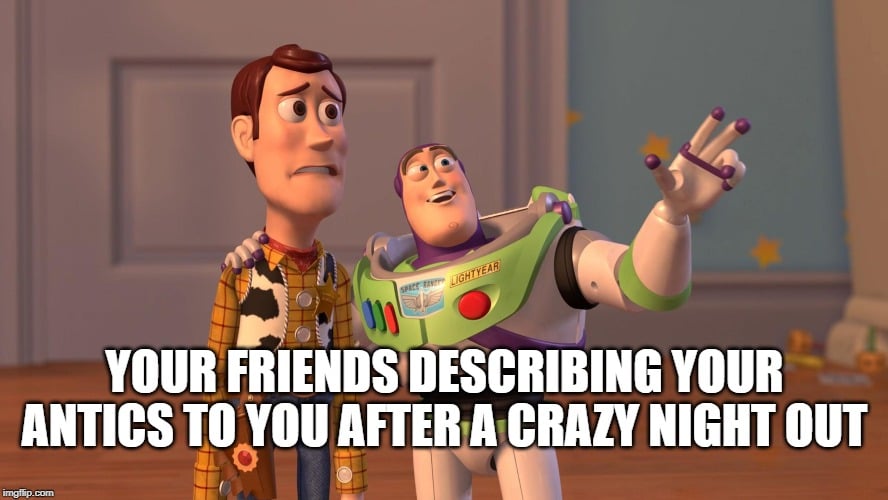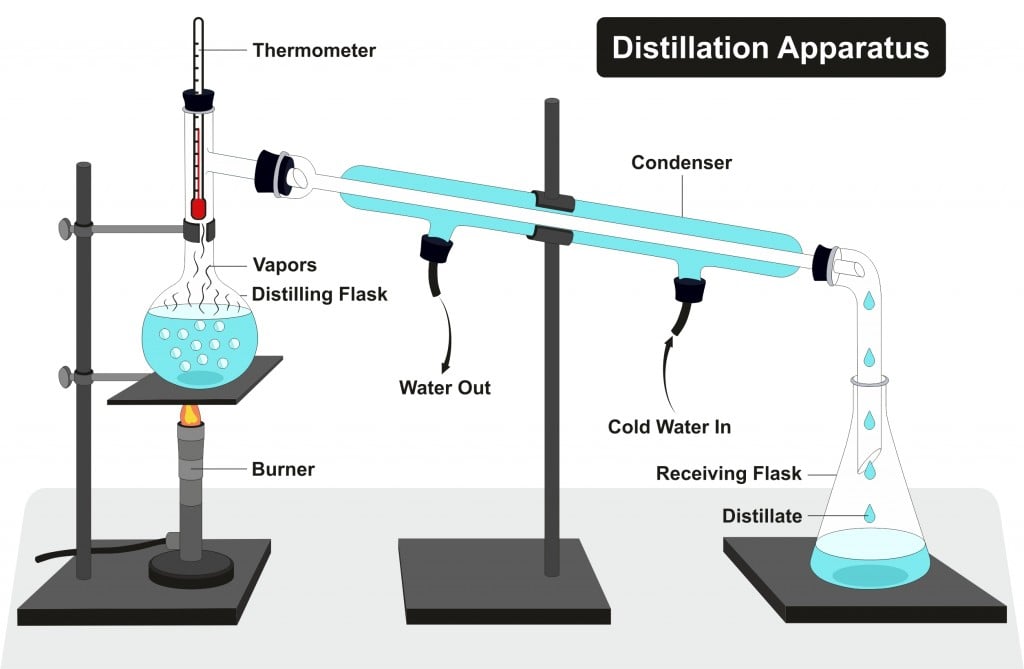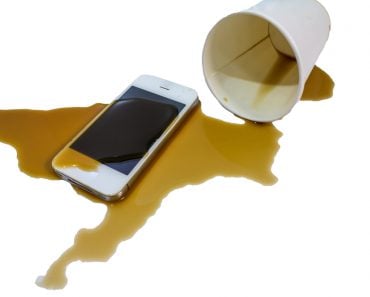Denatured alcohol is a mixture consisting of toxic or nauseating substances added to ethanol, thus making it inconsumable without altering it chemically.
Alcohol is a very versatile substance that can be used in different concentrations and amounts—from consumption to cleaning. However, when a substance is abused, there are bound to be disastrous results.
According to the reports of the WHO, alcohol is directly or indirectly linked to almost 200 diseases!

Recommended Video for you:
How Is Denatured Alcohol Different From Normal Alcohol?
Chemistry says that alcohols are organic compounds that have an –OH functional group attached to the carbon chain. The normal form of alcohol we most commonly consume is “ethanol”, a type of alcohol.
Denatured alcohol, on the other hand, is ethanol that has been made unfit for human consumption, but is still usable at domestic and industrial scales. Denaturing means removing a specific ability of a substance; in this case, denaturing alcohol allows us to eliminate its property of being drinkable.
Ethanol is often mixed with dyes, bitterants, or other poisonous substances to make it into denatured alcohol. Because alcohol finds applications in so many different industries, from medical care and household cleaning to perfume design and event planning, it is essential that the inherent property of the alcohol does not change with the addition of different substances; therefore, additives are selected so they don’t alter the chemical composition.
What Is Denatured Alcohol Used For?
Alcoholism has been a major problem since the time when alcohols were freely available. Alcohol has so many applications across a range of industries, so it was practically impossible to ban its use; therefore, denatured alcohol was introduced as a solution.
The idea of manufacturing denatured alcohol targeted two problems:
- In order to control alcohol consumption, alcohol was taxed heavily by the government. In order to evade these beverage taxes, industries started to denature alcohol so that it could no longer be consumable.
- The government had to manage less alcoholism and related problems; although alcohol was readily available, it could not be consumed.
Can You Process Denatured Alcohol To Make It Consumable?
Well… it depends.
If the alcohol is denatured with substances like a bitterant or foul-smelling additive, it can be distilled and pure ethanol can be obtained once again. If the ethanol obtained after distillation is to be consumed, it should be passed over activated charcoal to make it purer. The more you distill the ethanol, the more pure and concentrated it becomes. Industries use a far more sophisticated process called fractional distillation to purify and increase the concentration of alcohol.

However, when the denatured alcohol contains toxic additives like methanol, the process of distillation becomes tiring and time-consuming; also, the elaborate and sophisticated equipment is not likely to be readily available. Furthermore, there is no way to know that the distilled product is pure ethanol.
Methanol has a boiling point of 64.7˚ Celsius and ethanol boils at 78.37˚ Celsius, which are pretty close to one another. The mixture must be maintained at 64.7˚ until all the methanol has evaporated, a task that is easier said than done!
Distilling these two substances is very risky because you can never be sure that all the methanol is vaporized. If there remains even a minute amount of methanol, it can cause blindness, or even death! Distilling alcohol makes it suitable for laboratory applications, but cannot make it suitable for consumption.
Moreover, in most English-speaking countries, making alcohol at home is legal and permitted, so people generally don’t retort to such extreme measures of distilling industrial alcohol in order to make it drinkable.
Alcoholism is a human-generated disease and until we as a global community treat it as a severe issue, there is simply no way we will cure it.
There have been numerous instances where people have consumed denatured alcohol out of desperation and died! Governments around the world can only try to restrict access to alcohol by taxing it or denaturing it, but the power ultimately rests with the people!
Alcohol is not bad in itself… it’s all about how we decide to use it!












